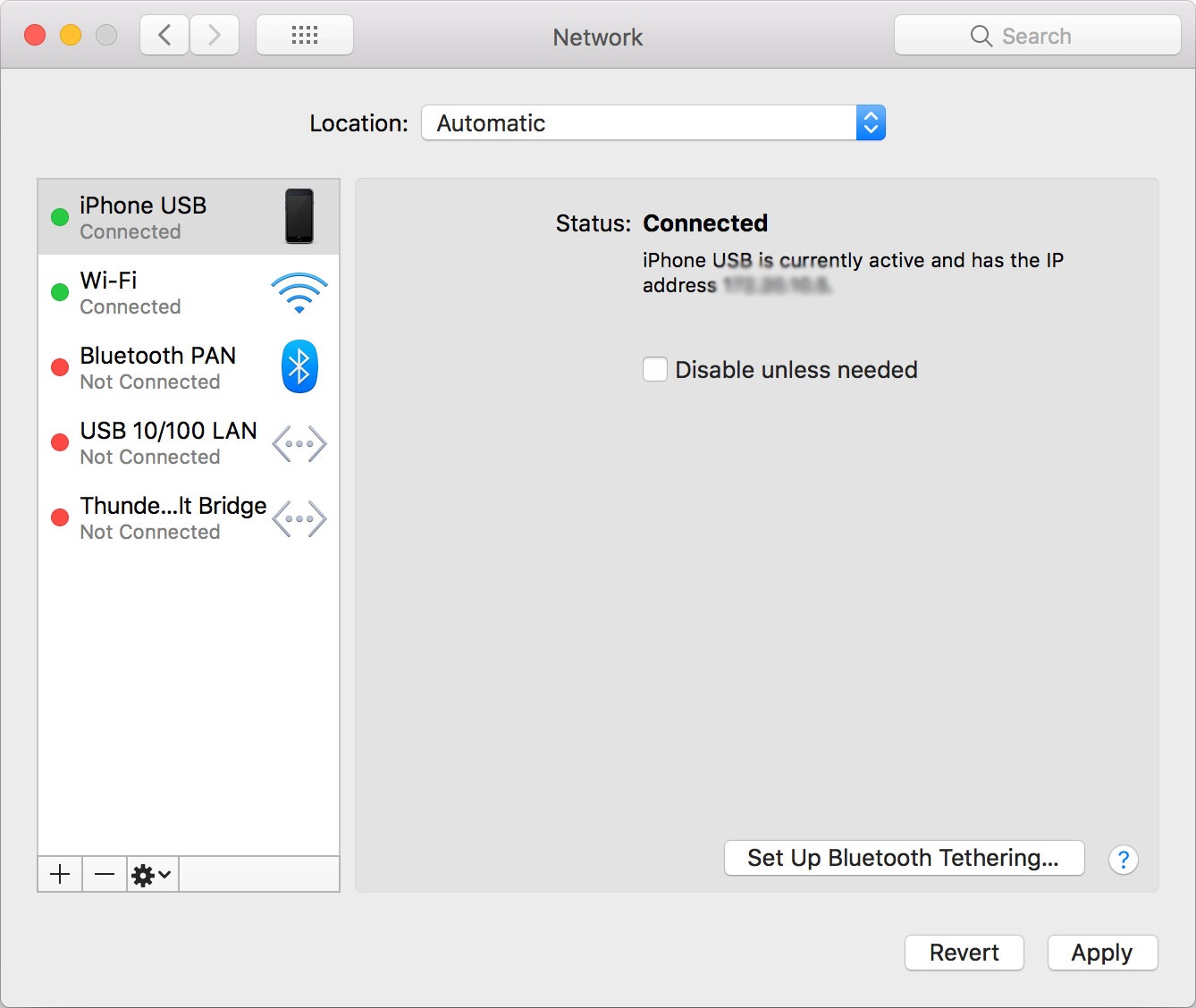PyTorch offers torch.Tensor to represent a multi-dimensional array containing elements of a single knowledge sort. However, there exists an important class of multi-dimensional arrays, so-called sparse arrays, where the contiguous reminiscence storage of array components seems to be suboptimal. Parameters sizesArray of integers specifying an n-dimensional array shape. Use CV_8UC1, ..., CV_64FC4 to create 1-4 channel matrices, or CV_8UC, ..., CV_64FC to create multi-channel matrices. Matrix constructors that take information and step parameters do not allocate matrix information. Instead, they only initialize the matrix header that factors to the specified information, which implies that no data is copied. This operation is very efficient and can be used to course of external data utilizing OpenCV functions. The exterior information isn't automatically deallocated, so you should deal with it. StepsArray of ndims-1 steps in case of a multi-dimensional array . If not specified, the matrix is assumed to be continuous. SizesArray of integers specifying an n-dimensional array form. An Iliffe vector is a substitute for a multidimensional array construction. It makes use of a one-dimensional array of references to arrays of 1 dimension much less.
For two dimensions, specifically, this different structure would be a vector of pointers to vectors, one for every row(pointer on c or c++). Thus an element in row i and column j of an array A could be accessed by double indexing (A in typical notation). It also saves one multiplication changing it by a bit shift and one additional reminiscence access , which may be worthwhile in some architectures. The really helpful approach to create concrete array varieties is by multiplying anyctypes knowledge type with a non-negative integer. Alternatively, you'll find a way to subclass this type and define _length_ and _type_ class variables. Array elements can be read and written utilizing standard subscript and slice accesses; for slice reads, the resulting object isnot itself an Array. Class ctypes._CData¶This personal class is the widespread base class of all ctypes data varieties. Among different things, all ctypes type instances include a reminiscence block that maintain C suitable knowledge; the address of the reminiscence block is returned by theaddressof() helper perform. Another instance variable is exposed as_objects; this contains other Python objects that need to be stored alive in case the memory block contains pointers. This is roughly a factor of B/k higher than the variety of cache misses wanted to access n elements at random reminiscence areas. The speedup of such optimized routines varies by array factor size, structure, and implementation. Arrays are among the many oldest and most essential data buildings, and are utilized by nearly each program.
They are additionally used to implement many different knowledge structures, corresponding to lists and strings. They successfully exploit the addressing logic of computer systems. In most modern computers and many external storage devices, the reminiscence is a one-dimensional array of phrases, whose indices are their addresses. Processors, especially vector processors, are often optimized for array operations. The Python bytearray() function converts strings or collections of integers into a mutable sequence of bytes. It provides builders the standard methods Python affords to each mutable and byte information sorts. Python's bytearray() built-in allows for high-efficiency manipulation of data in a quantity of common conditions. Array sorts are often carried out by array buildings; nonetheless, in some languages they might be implemented by hash tables, linked lists, search timber, or different information structures. In the next cell, we now have created an array of all 1s using ones() method of dask array. It takes as input shape of an array as the primary argument. We have supplied chunks as 10 which is ready to use chunk size as 10 in all dimensions. If we offer solely a single integer for 'chunks' for a multi-dimensional array then it'll use the identical chunk size in all dimensions. In the beneath example, the chunk size of 10 might be treated as . A slice is an information type in Go that could probably be a mutable, or changeable, ordered sequence of components.
In most cases, this mutability is well price the possible reminiscence re-allocation typically required by slices when compared to arrays. When you need to store a lot of components or iterate over parts and you need to find a way to readily modify these elements, you'll probably need to work with the slice knowledge sort. ¶This methodology returns a ctypes occasion that shares the buffer of thesource object. The source object must support the writeable buffer interface. The optionally available offset parameter specifies an offset into the supply buffer in bytes; the default is zero. If the source buffer isn't large sufficient a ValueError is raised. The rechunk() methodology could be called on any dask array to change the prevailing chunk size or add chunk size to an array without chunking. It accepts chunk size specified as a tuple or single integer. If a single integer is specified for a multi-dimensional array then the same chunk size shall be used in all dimensions. The integer specifies the variety of components to maintain in each dimension of the array. If an array is one dimensional then chunks may have a tuple of size 1, a two-dimensional array will have a tuple of two integers for chunks, and so forth. We'll clarify by way of our examples how we are ready to use 'chunks' argument with varied methods. ¶This technique creates a ctypes occasion, copying the buffer from thesource object buffer which must be readable. The optional offsetparameter specifies an offset into the supply buffer in bytes; the default is zero. ¶The returned operate prototype creates features that use the standard C calling conference.
Class method of the items in the argtypestuple, this technique allows adapting the precise argument to an object that the foreign perform accepts. For example, a c_char_p item within the argtypes tuple will convert a string handed as argument right into a bytes object utilizing ctypes conversion rules. This shouldn't be confused with the dimension of the set of all matrices with a given area, that is, the number of elements within the array. For instance, an array with 5 rows and four columns is two-dimensional, but such matrices kind a 20-dimensional space. Similarly, a three-dimensional vector can be represented by a one-dimensional array of size three. Below we now have created an array using arange() function and displayed it. The beneath perform call completes immediately and does not use any reminiscence because it's just a function name. The jupyter notebook creates a nice representation of the dask array. We can notice that it reveals the size of an array, reminiscence usage (when we actually deliver it in memory by calling compute()), and knowledge sort as properly. The arange() methodology works exactly like python range() operate however returns dask array.
When making a dask array by calling this operate, it doesn't actually create an array. It'll only create an array when we name compute() technique on it or on any operations performed on it. The dims type is more performant, and is utilized by default when the concatenation operation has the identical variety of components along every axis (e.g., [a b; c d;;; e f ; g h]). The shape type is used when the variety of elements along each axis is unbalanced (e.g., [a b ; c]). Unbalanced syntax wants further validation overhead. The dim form is an optimization for concatenation along only one dimension. The meaning of the primary and second components of form are additionally swapped based on row_first. There is a built-in function called len that returns the number of elements of an array or slice and likewise of a few other knowledge types. For entry to homogeneous binary information, that's, sequences of values of the identical type, this class defines strategies that can create views of a given byte buffer. A view buffer is solely another buffer whose content material is backed by the byte buffer. Changes to the byte buffer's content material will be visible in the view buffer, and vice versa; the 2 buffers' place, restrict, and mark values are impartial. The asFloatBuffer method, for example, creates an occasion of the FloatBuffer class that's backed by the byte buffer upon which the tactic is invoked. Corresponding view-creation methods are defined for the types char, brief, int, long, and double. This describes how byte arrays can be utilized in representing immutable knowledge sorts to enhance effectivity in certain contexts. All ctypes data sorts have a default implementation of this classmethod that usually returns obj if that is an instance of the kind. Memory-wise, arrays are compact data constructions with no per-element overhead. There could additionally be a per-array overhead (e.g., to retailer index bounds) but that is language-dependent. An excessive case is the bit array, the place each bit represents a single factor.
A single octet can thus hold up to 256 completely different combos of as a lot as 8 totally different circumstances, in the most compact kind. This leads to easier implementation the place the subscript refers to an offset from the starting place of an array, so the first element has an offset of zero. Arrays are useful largely because the element indices may be computed at run time. Among different issues, this feature permits a single iterative assertion to process arbitrarily many parts of an array. For that cause, the elements of an array data construction are required to have the same size and may use the same information representation. The set of legitimate index tuples and the addresses of the elements are usually, but not all the time, mounted while the array is in use. In pc science, an array information structure, or just an array, is an information structure consisting of a collection of elements , each recognized by at least one array index or key. An array is saved such that the position of each component could be computed from its index tuple by a mathematical formula. The easiest kind of information construction is a linear array, additionally referred to as one-dimensional array. An enum represents a pair of values, a string and a numeric, where the enum could be one of a list of values. For instance, if you created an enum kind known as Month, the potential value pairs for a Month variable are January-0, February-1, and so forth through December-11. Figure 15 reveals an example of these information pairs within the Properties dialog field for an enumerated management.
This is directly accessed by right-clicking the enum control and deciding on Edit Items. On the returned worth computes the indices to access or modify the mother or father array on the fly. Create an uninitialized mutable array with the given factor kind and size, based upon the given supply array. The second and third arguments are each optionally available, defaulting to the given array's eltype and size. The dimensions may be specified both as a single tuple argument or as a sequence of integer arguments. Append() is a built-in technique in Go that adds components to a group knowledge sort. However, this methodology is not going to work when used with an array. As mentioned earlier than, the primary way by which arrays are totally different from slices is that the dimensions of an array cannot be modified. This means that while you can change the values of components in an array, you can't make the array bigger or smaller after it has been outlined. Arrays are collection data constructions with a set number of elements. Although the fixed size of arrays can make them considerably inflexible to work with, the one-time reminiscence allocation can enhance the pace and performance of your program. Because of this, builders sometimes use arrays when optimizing packages in instances where the info construction won't ever need a variable quantity of components. Here we've shown that making an attempt to immediately change the textual content of our string throws a TypeError. Storing that string as a byte array permits direct manipulation of the person character values. After manipulation, we are ready to then convert the resulting values to a string through the decode() method—ensuring to specify the correct encoding. ¶This function creates a mutable unicode character buffer. The addressing method is totally defined by the dimension d, the bottom tackle B, and the increments c1, c2, ..., ck.
It is usually helpful to pack these parameters into a document referred to as the array's descriptor or stride vector or dope vector. The size of every component, and the minimal and maximum values allowed for every index can also be included in the dope vector. The dope vector is an entire deal with for the array, and is a convenient way to cross arrays as arguments to procedures. As an instance think about the C declaration int anArrayName; which declares a one-dimensional array of ten integers. This array has indices starting from zero by way of nine. For example, the expressions anArrayName and anArrayName are the first and last components respectively. Arrays can have a number of dimensions, thus it is not uncommon to access an array utilizing multiple indices. Thus two indices are used for a two-dimensional array, three for a three-dimensional array, and n for an n-dimensional array. The first digital computers used machine-language programming to set up and entry array buildings for knowledge tables, vector and matrix computations, and for many different purposes. John von Neumann wrote the first array-sorting program in 1945, during the building of the first stored-program laptop.p. 159 Array indexing was initially accomplished by self-modifying code, and later utilizing index registers and oblique addressing. Some mainframes designed in the 1960s, such because the Burroughs B5000 and its successors, used memory segmentation to carry out index-bounds checking in hardware. Because the mathematical concept of a matrix can be represented as a two-dimensional grid, two-dimensional arrays are also typically called matrices. In some circumstances the term "vector" is used in computing to refer to an array, although tuples somewhat than vectors are the more mathematically correct equal. Tables are often carried out in the form of arrays, especially lookup tables; the word desk is usually used as a synonym of array. The randint() methodology lets us create a dask array of random integers in the specified range. We can specify the vary as the first two values of the method adopted by array form specified as a tuple of integers.
We can also present chunk size with chunks parameter. Below we have first created a dask array of 10_000 integers after which reshaped it from one dimension to a two-dimensional array using reshape() technique. Below we've created a diagonal array the place numbers 0-9 are set on diagonal of 2-dimensional array. We have the primary time called compute() technique on a dask array to retrieve the precise array and display it. By default, chunks argument is None and dask will create an array with just one chunk. Dask.delayed - This module is designed to work with issues when you'll be able to't use arrays or dataframes to characterize your data. This module works in lazy mode therefore we have to call compute() methodology, eventually, to really perform operations. The execution will anticipate the completion of the task until compute() technique returns with outcomes. MATLAB arrays require room to retailer meta information about the data in memory, similar to kind, dimensions, and attributes. This overhead solely turns into a problem when you may have a large quantity (e.g., tons of or thousands) of small mxArrays (e.g., scalars). The whos command lists the reminiscence utilized by variables, but does not embrace this overhead. Restricted vectors or matrices might be carried out slightly more effectively, however would needlessly enlarge the number of data types that's seen as a problem on this web page. Tcl is not an extreme-performance language , nevertheless it has nice abstractions to boast.


































































